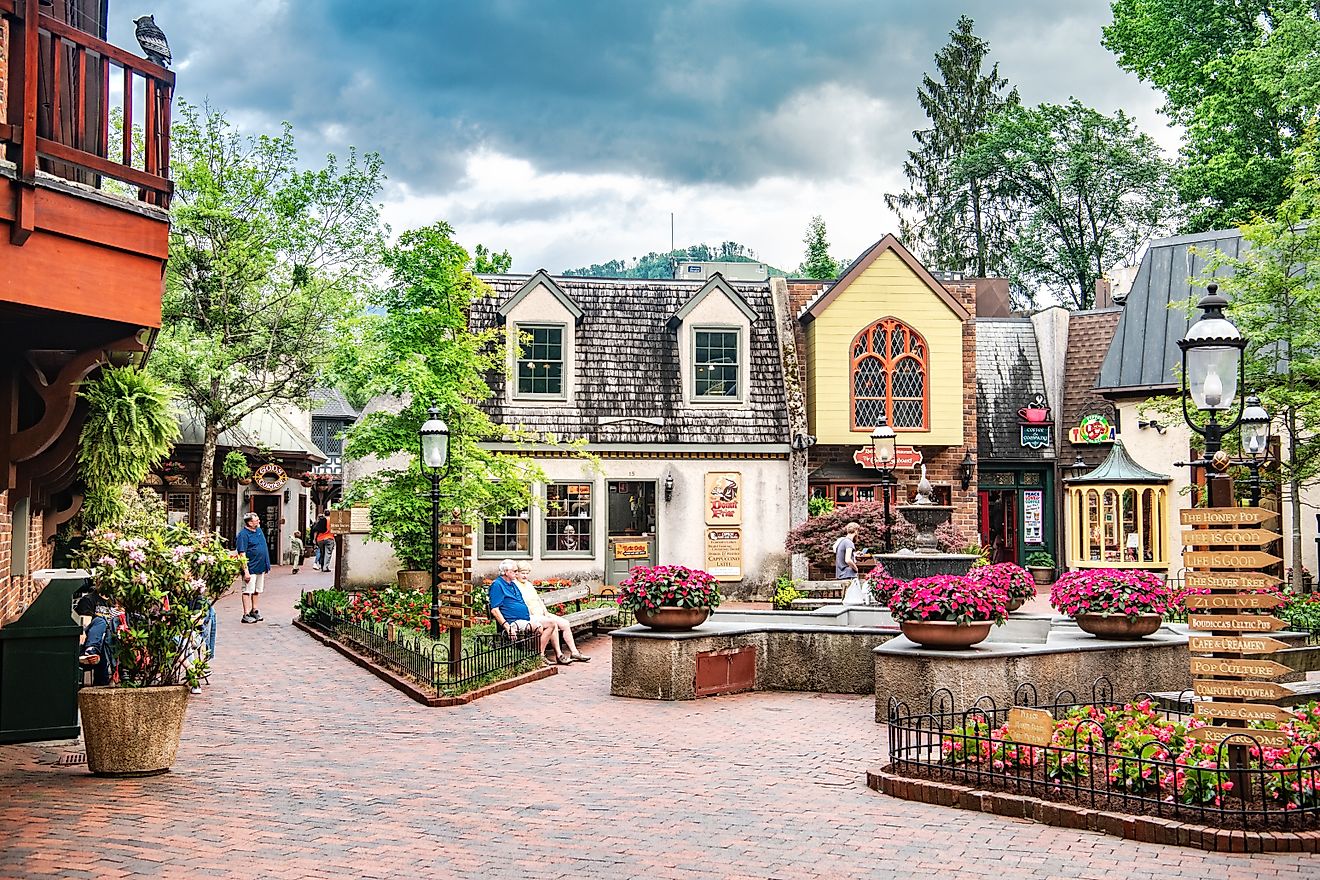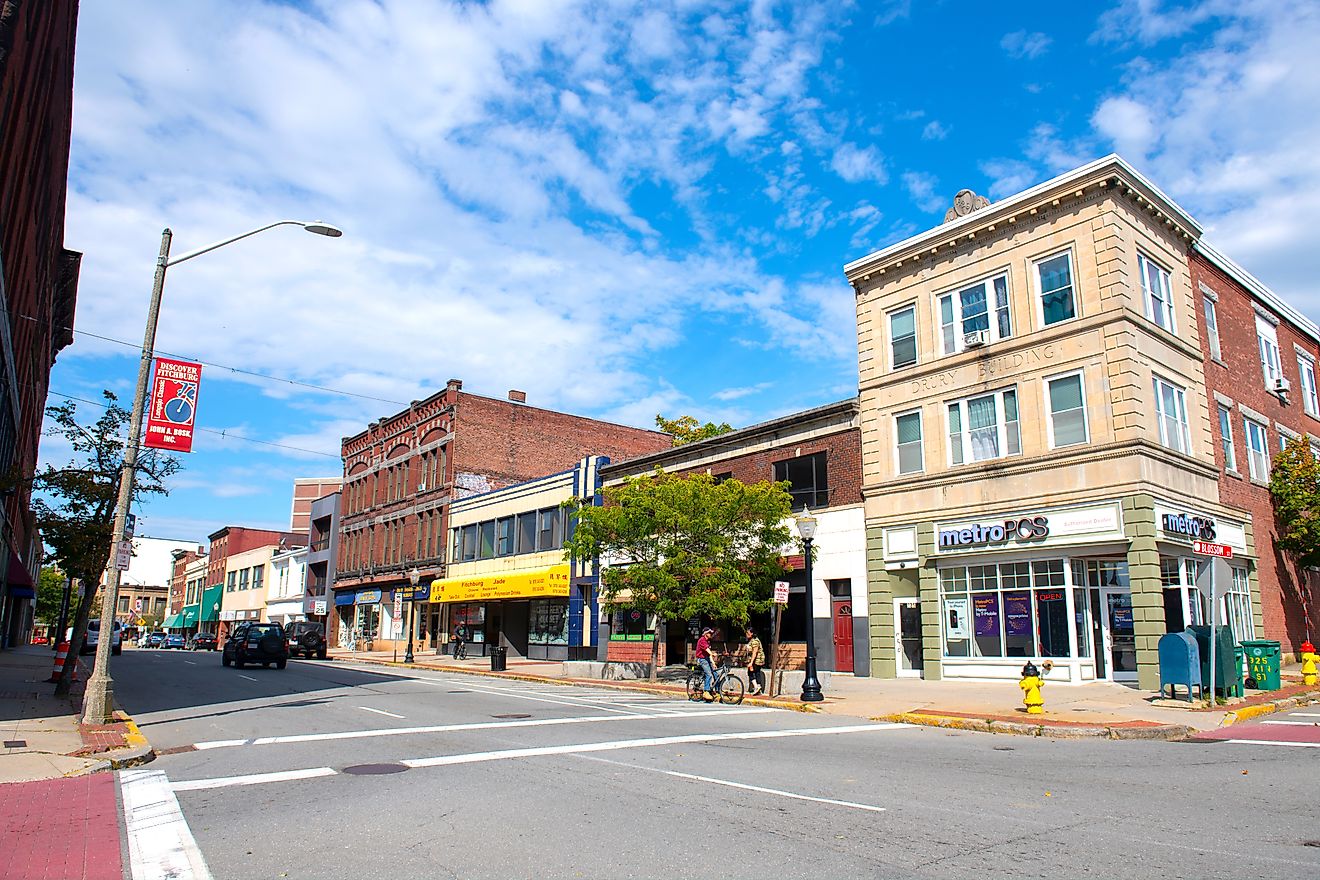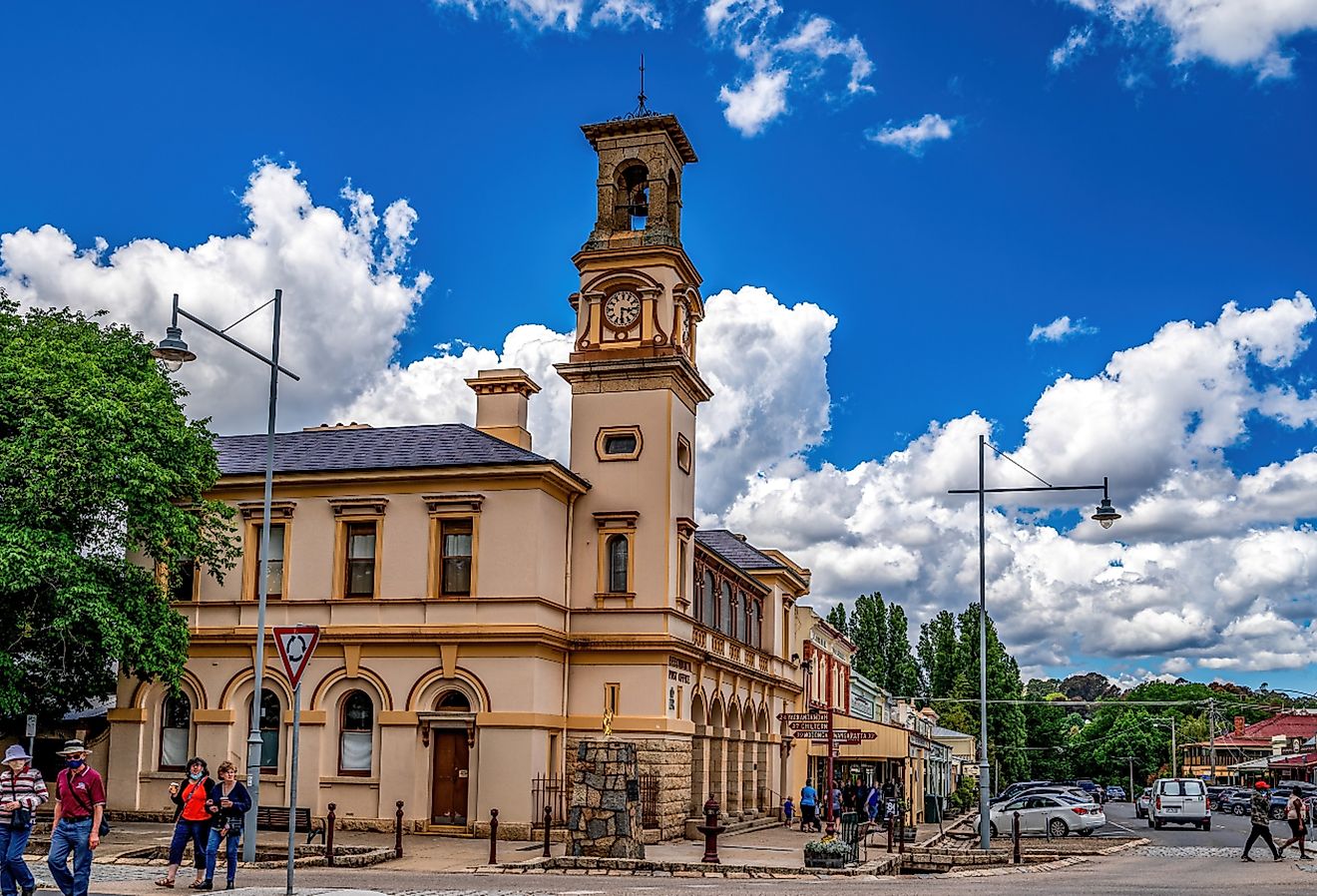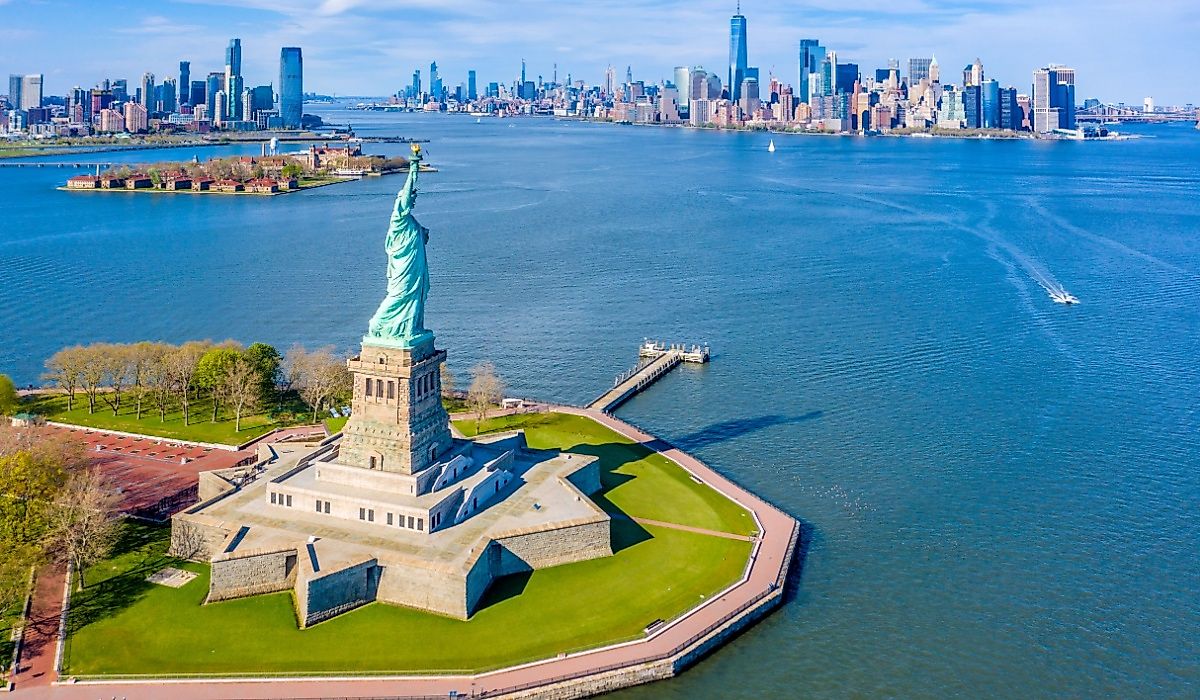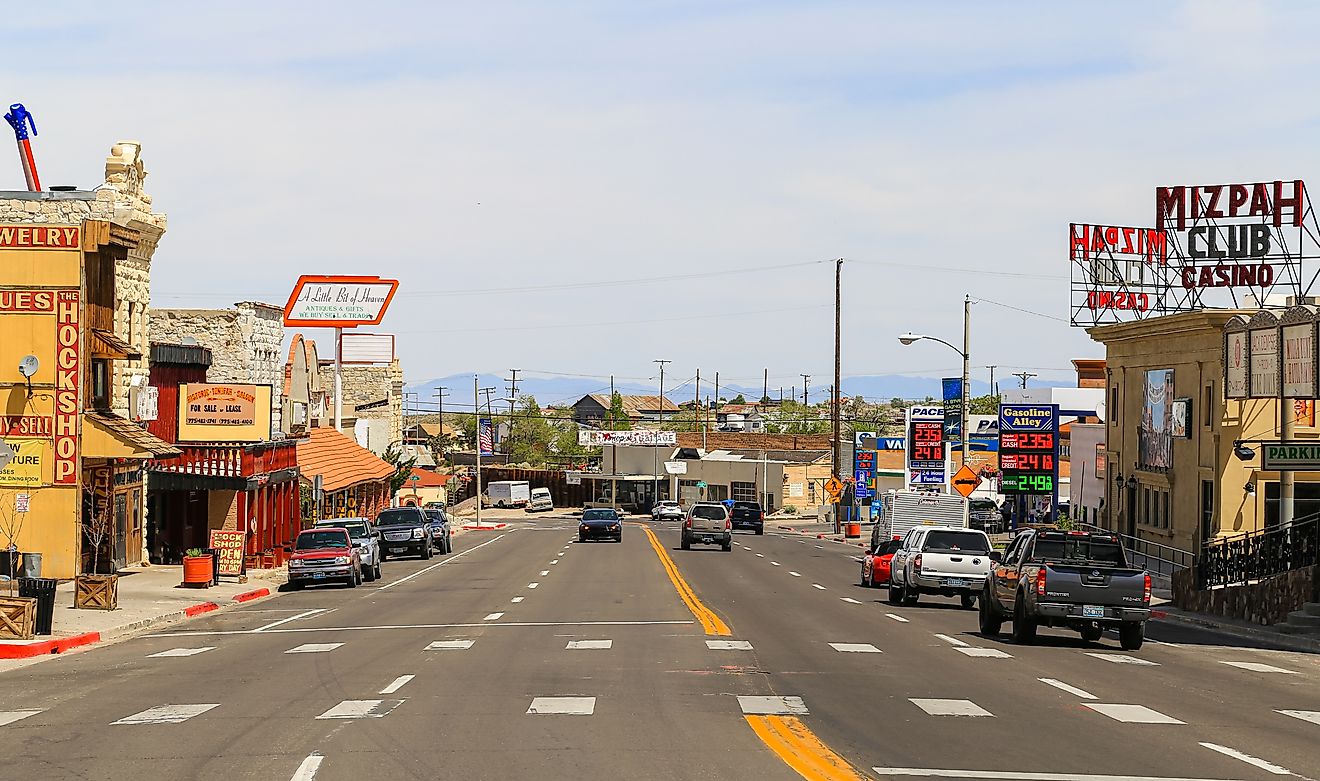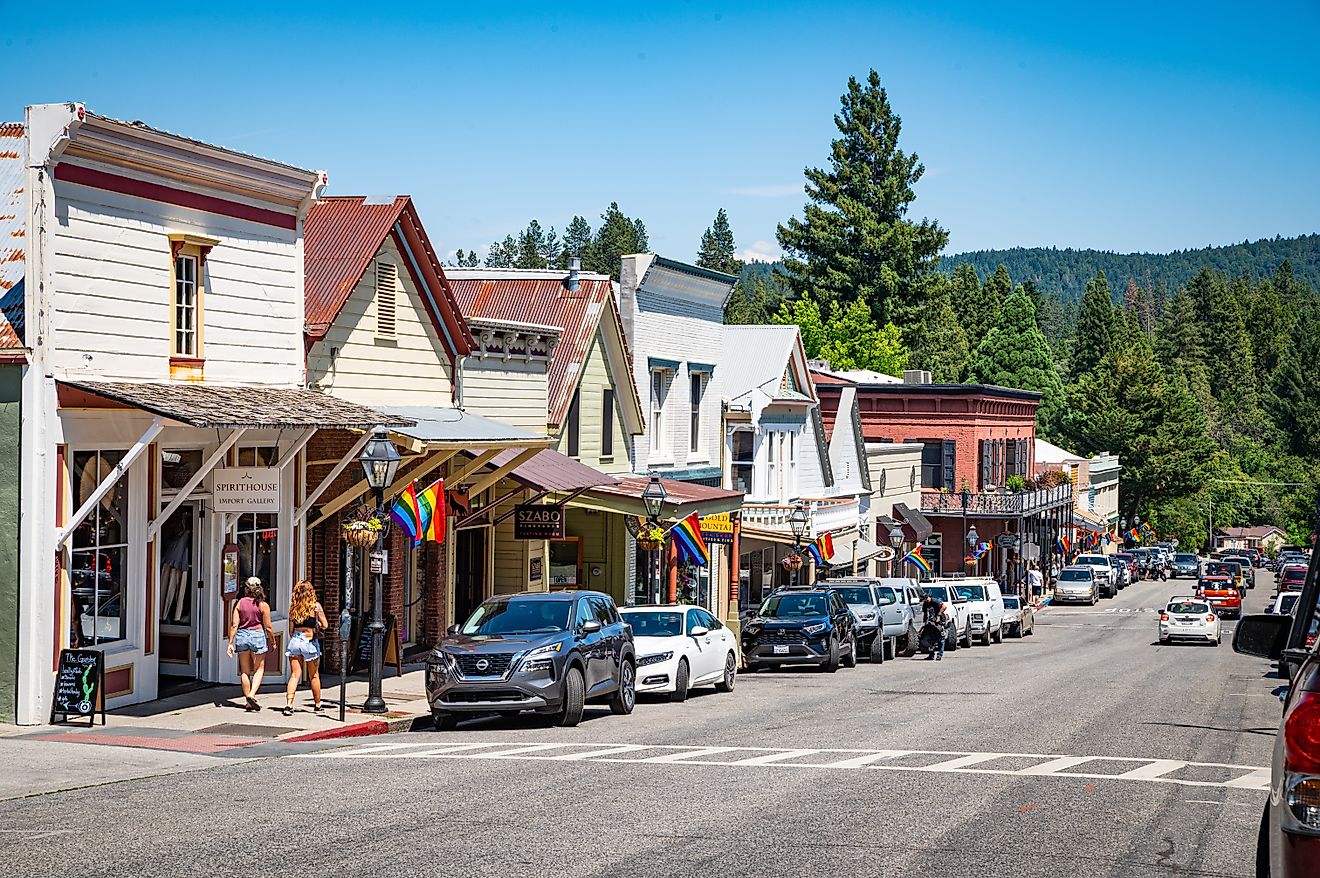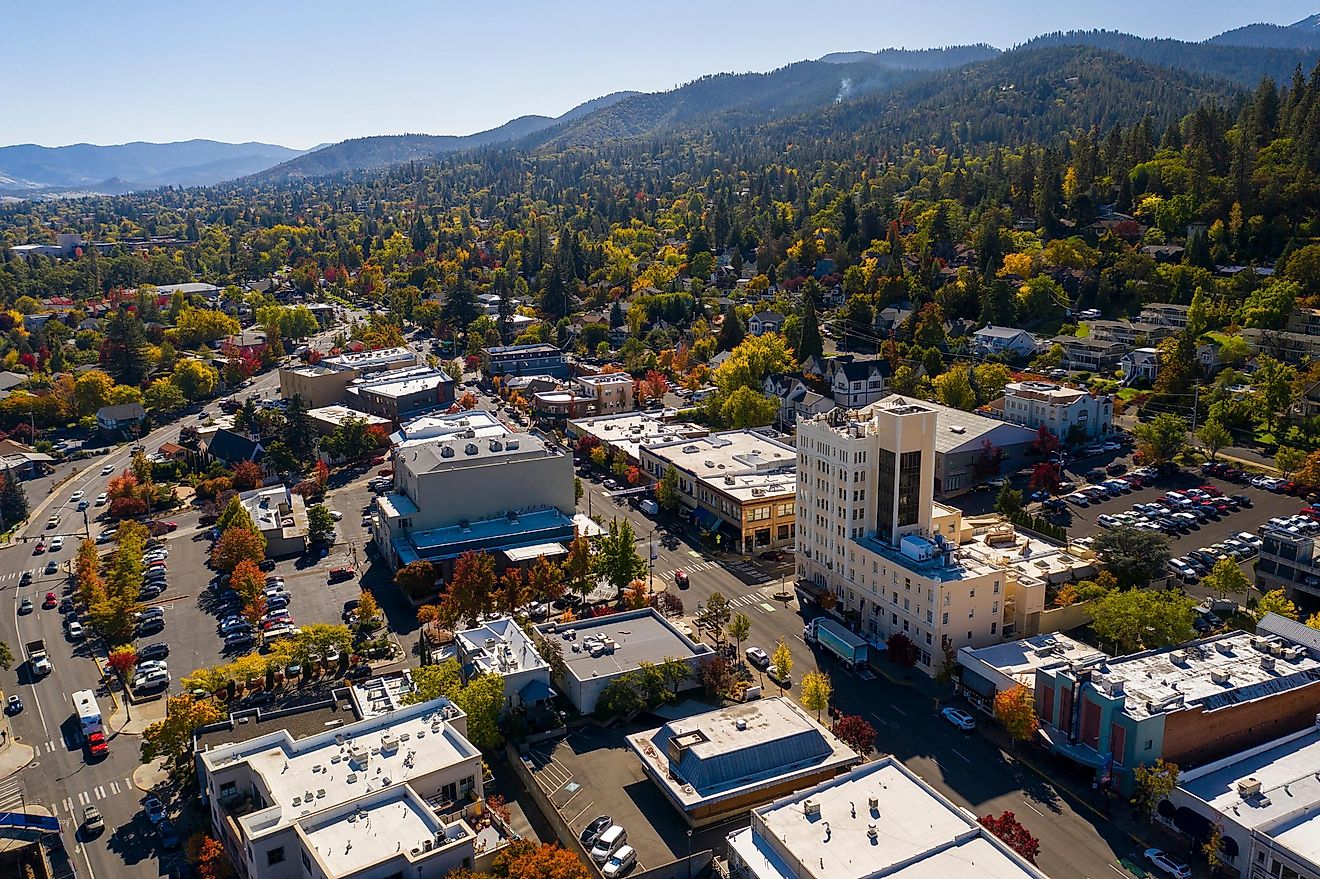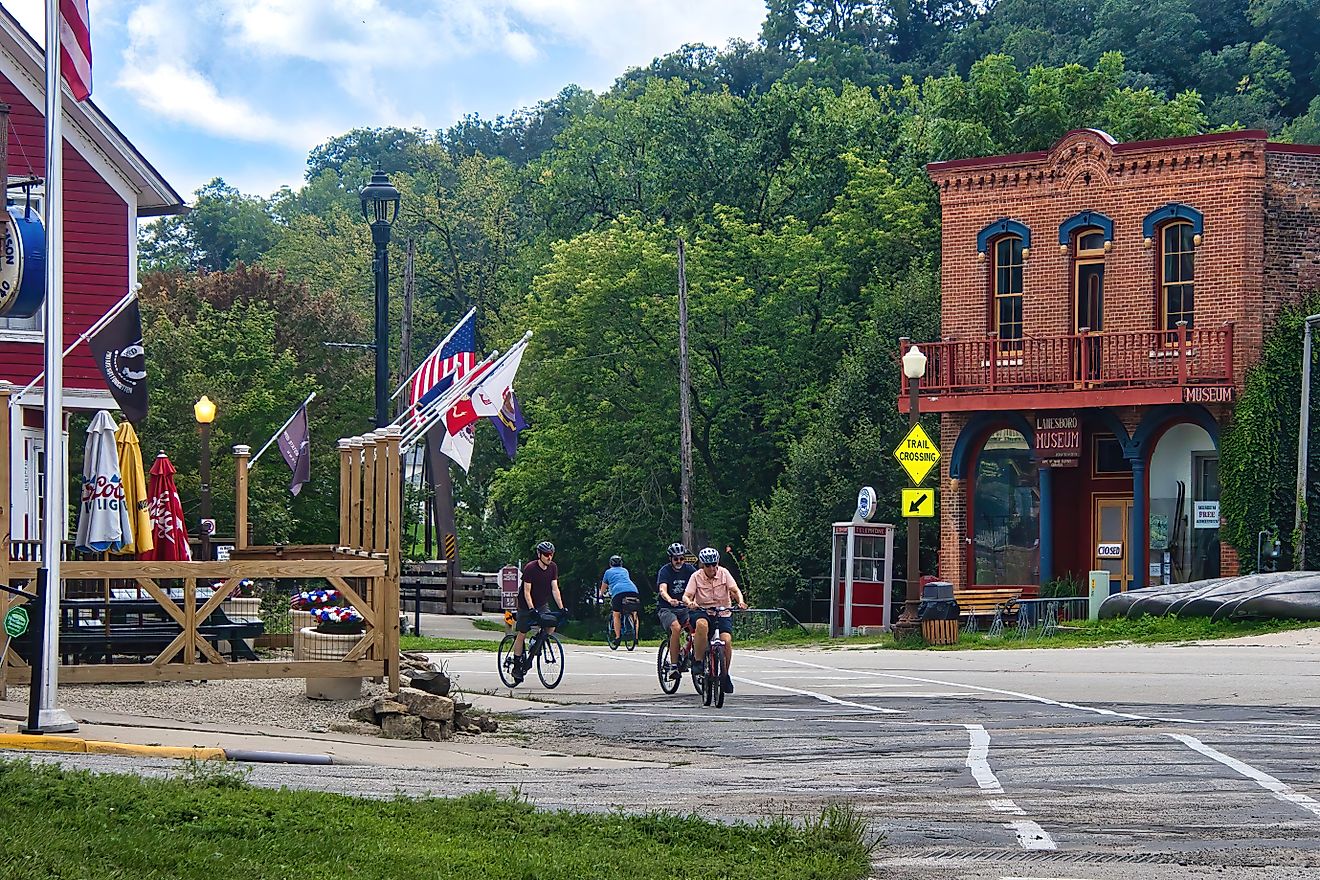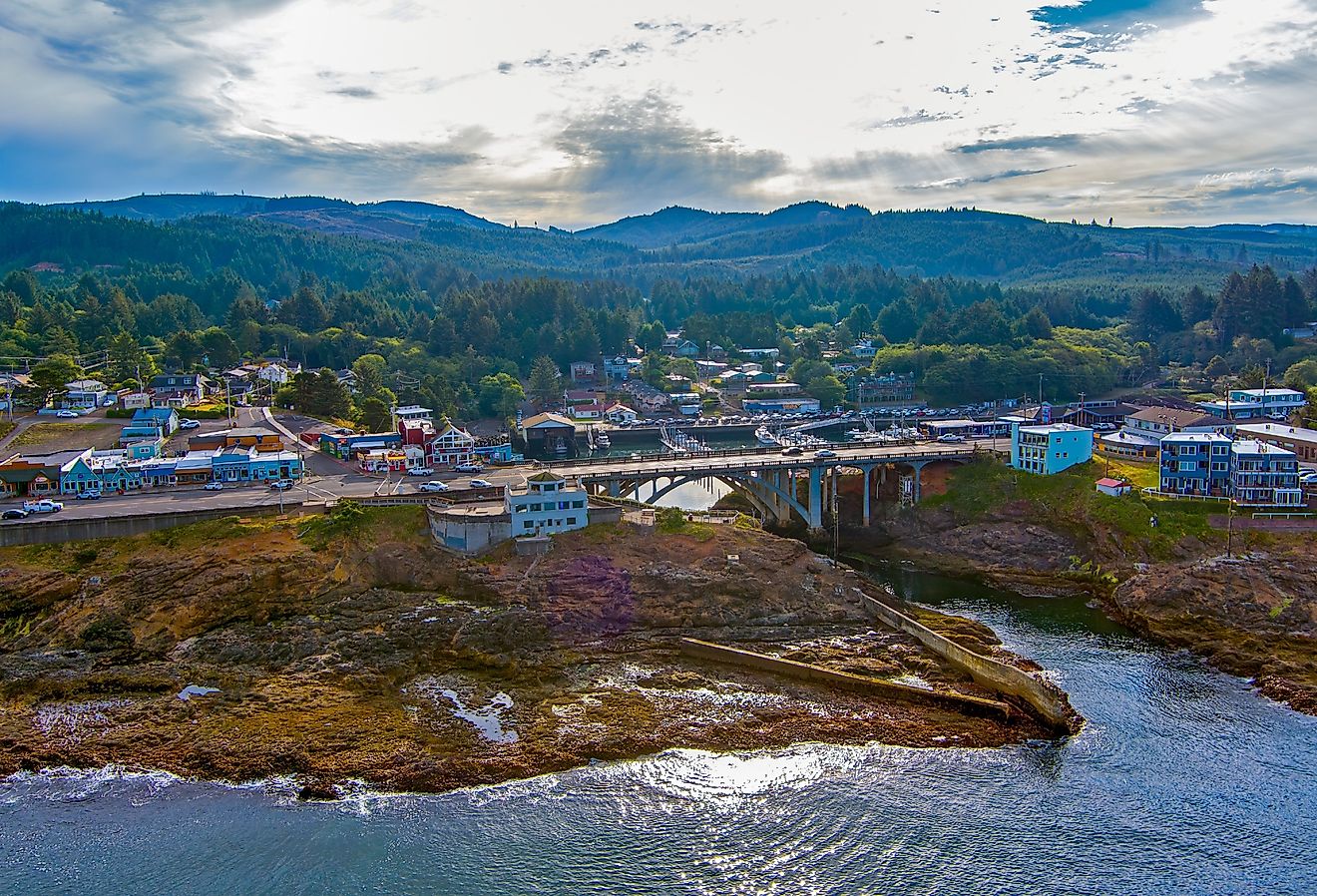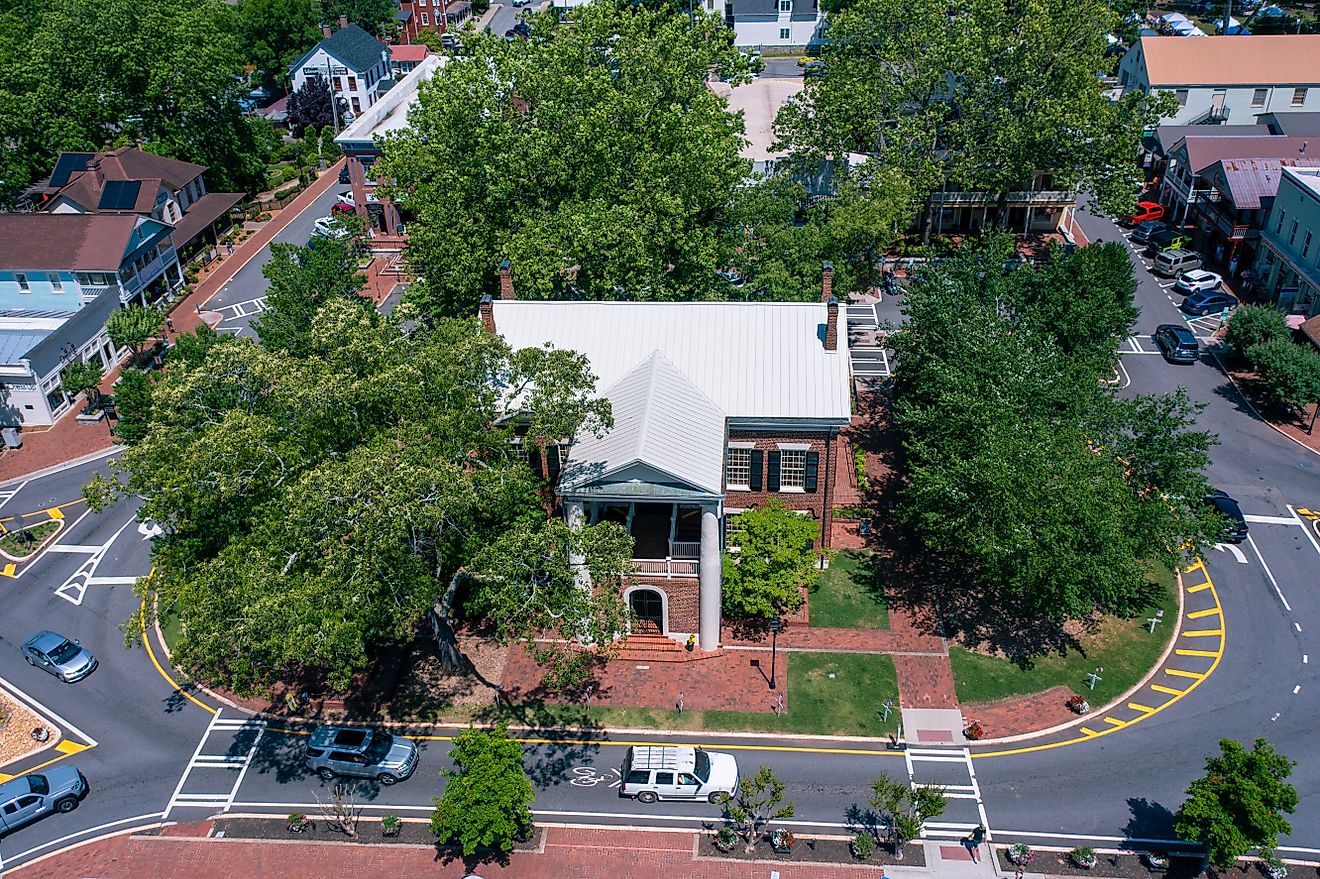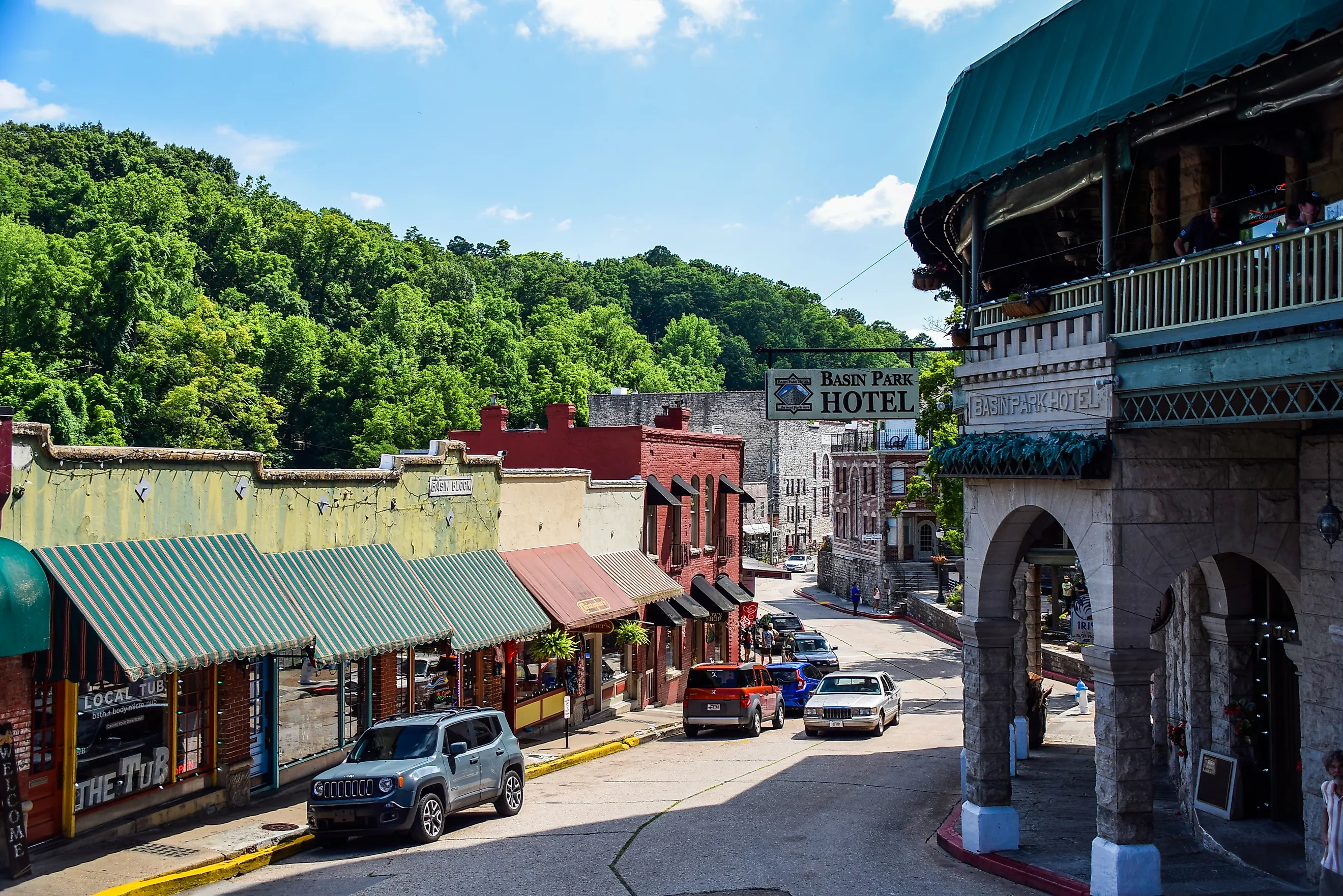
6 Serene Southern United States Towns For A Weekend Retreat
Stray just a few miles off the interstate and the South rewrites its own tempo: church bells slip, the faint smell of peach skins, and time-warping courthouse squares.
This article chases that slower frequency across six pocket-sized towns scattered from the Ozark spine to the Gulf’s forgotten bends.
Expect specifics: exact cafés where the screen door bangs, galleries housed in repurposed barns, wine poured beside lavender rows, even a hotel still rumored to keep a ghost registry! Six stops, six distinct silences; choose yours!
Highlands, North Carolina
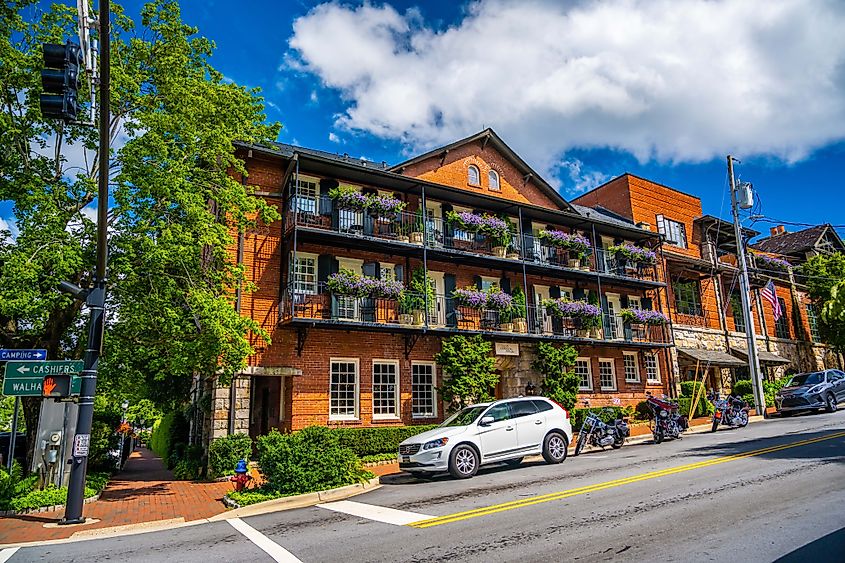
Highlands sits at over 4,000 feet above sea level, making it one of the highest incorporated towns east of the Mississippi River. Founded in 1875 as a planned mountain resort, its location atop the southern Appalachian Plateau gives it a cool climate, dense rhododendron forests, and frequent cloud cover, an unusual microclimate that attracts both botanists and artists. The Bascom: A Center for the Visual Arts, built in a repurposed barn, features rotating exhibitions, a ceramics studio, and sculpture trail. At the Highlands Historical Society Museum, housed in a restored 1900s cabin, visitors learn about the town's early settlers and resort-era origins.
At Lakeside Restaurant, prepare to be served seasonal, seafood-focused American cuisine in an intimate dining room that overlooks the town’s tranquil lake. Mountain Fresh Grocery has wood-fired pizza and a wine bar inside a general store. Kelsey-Hutchinson Founders Park hosts concerts and markets, and the nearby Old Edwards Inn & Spa offers mineral soaks and massage. The town supports no chain stores; each business is locally owned. The pace remains deliberate, and silence is common after 9 p.m.
Apalachicola, Florida
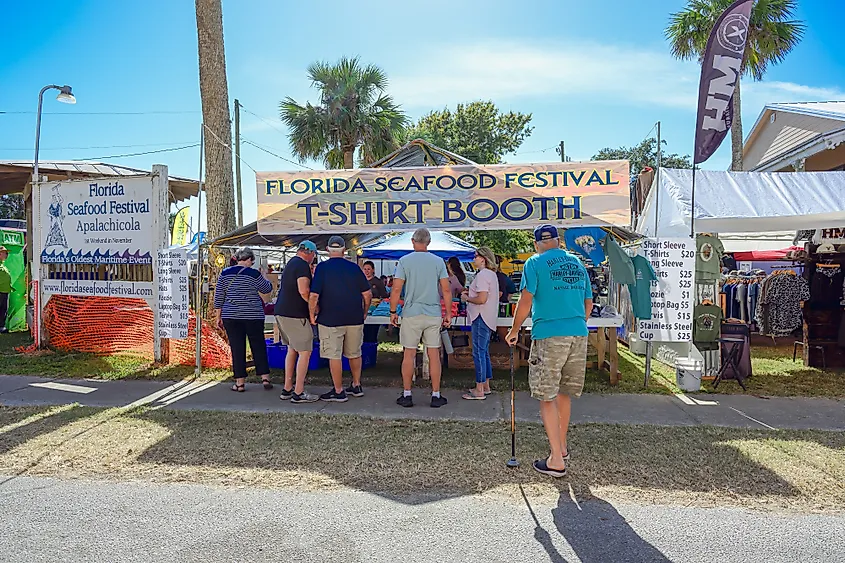
Apalachicola is the only town in the state where oysters were once harvested year-round directly from wild reefs. Its location on the Apalachicola Bay estuary, one of the most biologically productive in North America, shaped a maritime culture tied to boatbuilding, shrimping, and oystering. The Apalachicola Maritime Museum offers tours on restored wooden boats and preserves local boatmaking techniques. At the John Gorrie Museum State Park, visitors learn about the town doctor who invented mechanical refrigeration in the 1840s. The town's grid of 19th-century streets remains intact, with original warehouses and cotton exchange buildings along Water Street.
The Owl Café serves Gulf seafood and has a connected taproom. Café Con Leche, a Cuban-American spot, offers espresso and pressed sandwiches in a small courtyard. Downtown Books & Purl sells regional titles and yarn. The Gibson Inn, built in 1907, provides restored rooms and a long porch facing the town center. Lafayette Park has a pier, gazebo, and live oaks near the bay. The town has no chain businesses, and traffic rarely exceeds 25 mph. It quiets down fully after dusk.
Fredericksburg, Texas
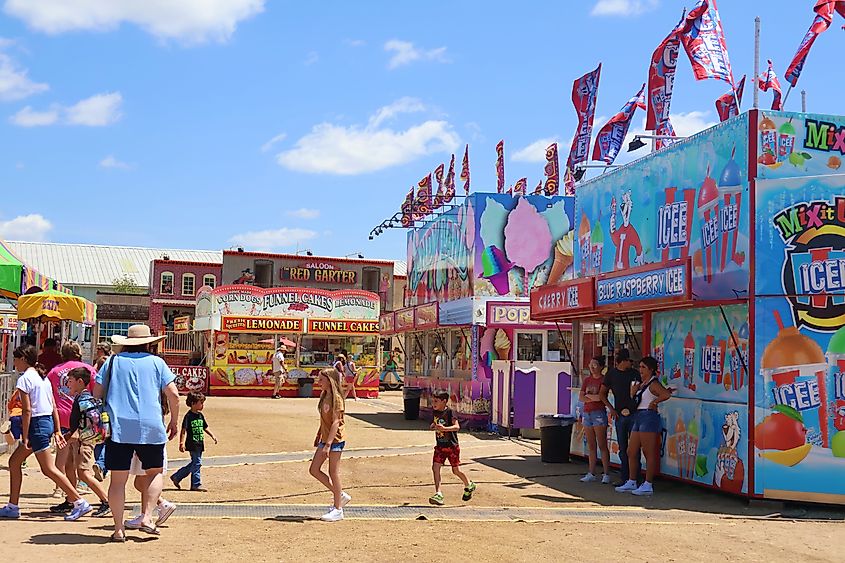
Fredericksburg was founded in 1846 by German immigrants who signed a peace treaty with the Comanche, one of the few never broken. The town’s original German dialect, Texas German, persisted for over a century. Located in the Hill Country between Austin and San Antonio, it’s now central to over 50 wineries and the state's peach production. The National Museum of the Pacific War, headquartered in the old Nimitz Hotel, spans six acres and houses artifacts from Admiral Chester Nimitz’s naval career. Vereins Kirche, a replica of the original 1847 church and meeting house, stands in the center of Marktplatz.
Otto’s German Bistro serves duck schnitzel and pear strudel on South Orange Street. Java Ranch Espresso Bar and Café offers breakfast tacos and Texas pecan coffee. RS Hanna Gallery represents regional oil painters and sculptors. Fredericksburg Herb Farm includes a day spa and cottages. At Lady Bird Johnson Municipal Park, the Live Oak Creek Trail runs past pecan groves. Lodging at Hoffman Haus includes porches and clawfoot tubs. Becker Vineyards, 10 miles east, holds tastings in a stone barn surrounded by lavender.
Dahlonega, Georgia
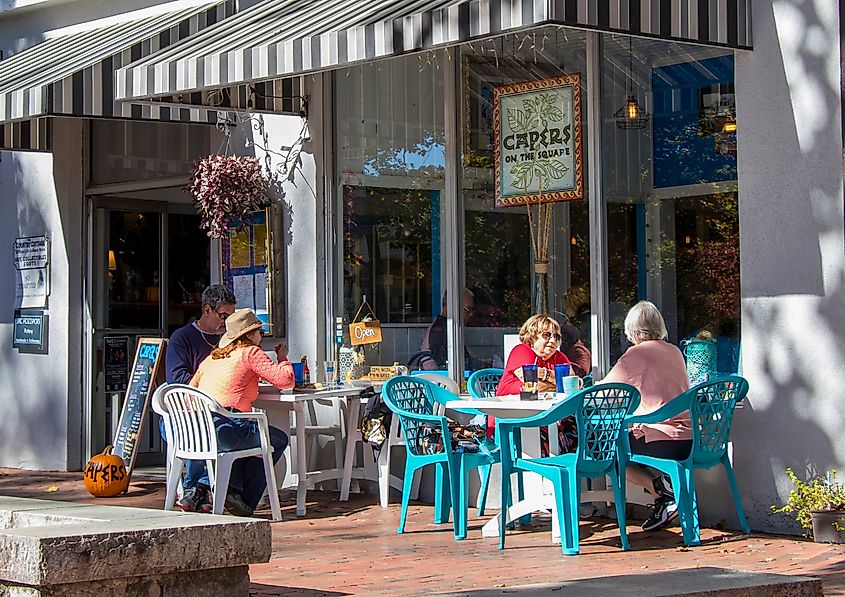
Dahlonega was the site of the first major U.S. gold rush in 1829, predating California's by two decades! The town's name derives from the Cherokee word "Dalonige," meaning "yellow" or "gold". The 1836 Lumpkin County Courthouse, now the Dahlonega Gold Museum, stands as a testament to this history. The town square, listed on the National Register of Historic Places, retains its 19th-century layout. The Consolidated Gold Mine offers underground tours of its historic tunnels. Nearby, the University of North Georgia occupies the former site of the Dahlonega Mint, which operated from 1838 to 1861.
In the town center, the Bourbon Street Grille serves Cajun-inspired dishes with a balcony overlooking the square. Paul Thomas Chocolates offers handcrafted confections nearby. The Bleu Gallery showcases regional art, while My Vintage Gypsy Teas provides custom tea blends. Montaluce Winery & Restaurant features wine tastings and Italian cuisine. Accommodations include The Dahlonega Square Hotel & Villas and The Smith House, the latter built atop a historic mine shaft. The town hosts annual events like Gold Rush Days and Bear on the Square, celebrating its heritage and culture.
St. Francisville, Louisiana
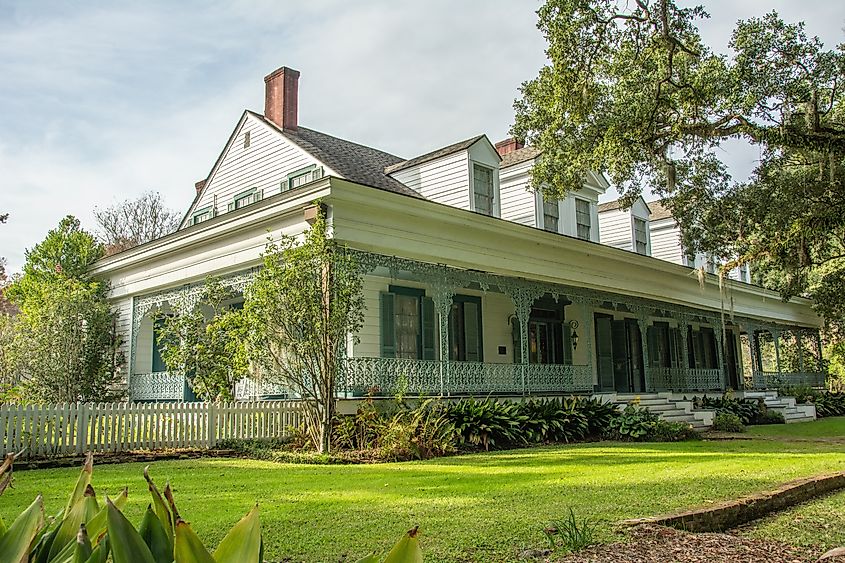
St. Francisville uniquely served as the capital of the short-lived Republic of West Florida in 1810, a sovereign entity that existed for just 74 days before its annexation by the United States. Situated atop a loessal ridge formed by ancient dust storms, the town earned the moniker "two miles long and two yards wide" due to its narrow geography. Its proximity to the Mississippi River and the now-defunct port town of Bayou Sara contributed to its historical significance as a trade hub.
Visitors can explore the Rosedown Plantation State Historic Site, featuring a Greek Revival mansion and expansive formal gardens. The Myrtles Plantation, reputedly one of America's most haunted homes, offers tours that delve into its antebellum past and associated legends. The West Feliciana Historical Society Museum provides insights into local history, housed in a former hardware store. Dining options include Magnolia Café, known for regional fare like fried-shrimp po'boys, and The Saint Restaurant and Bar, offering dishes with Cajun and European influences. Accommodations such as the St. Francisville Inn and the historic 3V Tourist Courts provide lodging options that reflect the town's character.
Eureka Springs, Arkansas
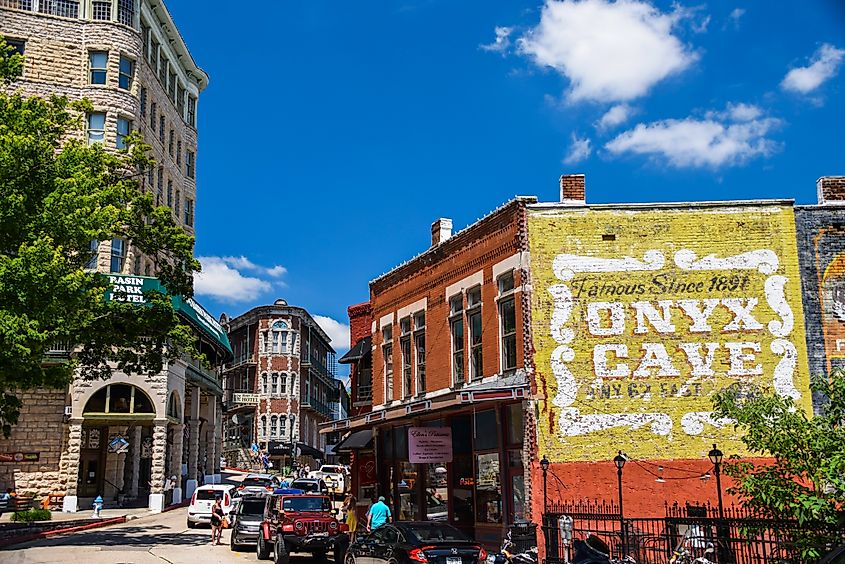
The entire city of Eureka Springs is listed on the National Register of Historic Places, a rare designation that underscores its well-preserved Victorian architecture and unique urban layout. Established in 1879, the town was built around natural springs believed to have healing properties, attracting visitors seeking wellness retreats. The city's steep, winding streets and lack of traffic lights contribute to its distinctive charm.
Visitors can explore the 1886 Crescent Hotel, known for its historic significance and reputed hauntings, or attend performances at The Great Passion Play, an outdoor drama depicting the life of Jesus Christ. The Thorncrown Chapel, a notable example of modern architecture, offers a serene setting for reflection. Downtown Eureka Springs features a variety of shops and galleries, including Zarks Fine Design Gallery, showcasing local art. Dining options such as Local Flavor Café provide regional cuisine, while the Basin Park Hotel offers accommodations in the heart of the historic district. Outdoor enthusiasts can visit Lake Leatherwood City Park for hiking and biking trails.
From cloud-wrapped Highlands to crescent-streeted Eureka Springs, these six Southern enclaves convert idle minutes into currency. Each town guards a signature asset—wild oyster beds, lavender vineyards, underground quartz veins, loess bluffs, or spring-fed hollows—yet all trade in the same commodity: restorative stillness. Choose one, arrive early, shut the engine, and let local clocks—church chimes, bell buoys, cicadas, porch swings—reset your own. Weekend rhythm restored, you will depart lighter, slower, recalibrated.
